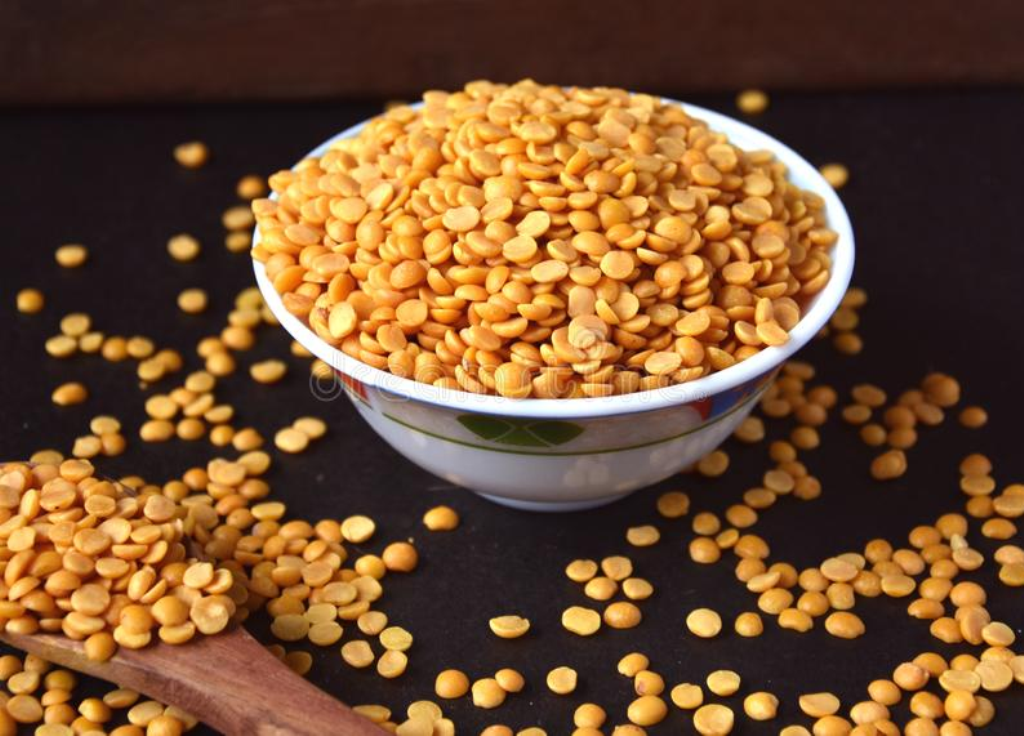
Producers of agricultural commodities often face risk of getting lower prices in addition to production losses in the same or forthcoming marketing year. With increasing global free trade and changes in domestic agricultural policies, price and production risks of agricultural producers are also rising.
Producers are realizing the importance of risk management as a component of their management strategies due to increasing price and production variations. This has resulted in increasing participation by using the commodity futures exchange markets as an efficient tool to reducing these risks. Basis risk management in simplest sense is protection against the possibility or risk of incurring losses due to unexpected price fluctuations. Commodity basis is simply the difference between a local cash price and the relevant futures contract price for a specific time period.
Also Read - Basis risk management in agri commodities
Case 1: Basis Strengthens or Cash Price Increases Faster than the Futures Price
Under this situation, trading actions as a hedger is taken, in which the cash price increases by more than the futures price during the hedging period, and in this scenario basis is said to strengthen. Let’s say on May 14, 2021 a trader/miller purchases Chana for Rs.5060/qtl and the relevant futures contract is trading for Rs 5000/qtl. (Here the basis is +60). Considering that chana will be required at a later date and there is a need to protect against a price increase, a long position is initiated in the futures market simultaneously. Now two months later i.e. on July 14, the local cash price increases to Rs.5160/qtl and the futures price increases to Rs 5080/qtl.
At this time, the trader/miller requires additional Chana for production of Chana Dal. The commodity is then purchased in the cash market for Rs.5100/qtl and at the same time, the long position is closed for Rs.5000/qtl. Therefore, the cost of the pulse now works out to be Rs 5160/qtl less Rs 80/qtl, gained from the futures position plus commission costs in the spot transaction and brokerage in the futures transaction. Therefore, instead of paying Rs 5160/qtl, one has to pay Rs 5080/qtl (i.e. 5160-5080) plus the commission expenses.
Case 2: Basis weakens or Futures Price Increases Faster than the Cash Price (Futures more than spot price)
In this scenario, the risk is managed when the futures price increases by more than the cash price during the hedging period, or in other words, the basis weakens. As in first example, on May 14 2021, Soybean in spot market is available for Rs 7200/qtl and the relevant futures contract is trading Rs 7100/qtl (The basis remains at +100). Considering that the trader/business unit will need the commodity at a later date and there is a need to protect against a price increase, a long position is initiated in the futures market simultaneously.
On June 14, 2021 the local cash price increased to Rs 7350/qtl and the futures contract price went up to Rs 7300/qtl. There emerges a need for a solvent unit to purchase soybean for the production of Soybean oil and Soybean meal. Therefore the raw material is purchased from the cash market for Rs 7350/qtl while futures long position is closed at Rs 7300/qtl. Therefore, the cost of the grain becomes Rs 7350/qtl less Rs 200/qtl gained from the futures position gained from the futures position plus commission costs in the spot transaction and brokerage in the futures transaction. Therefore instead of paying Rs 7350/qtl, one has to pay Rs 7150/qtl plus the commission charges.
Examples of Risk management through strengthening or weakening of basis
Case 1 Basis Strengthening (Cash price increasing faster than futures price)
|
Cash |
Futures |
Basis |
|
Price of Chana today: Rs 5060/qtl |
Buy Futures at Rs 5000 |
+Rs 60/qtl |
|
Later: Buy Chana in local mandi at Rs 5160/qtl |
Close futures by selling at Rs 5080/qtl |
+Rs 80/qtl |
|
Net Cash Flow |
Cash paid price Rs 5260/qtl Less futures gain of Rs 80/qtl. plus Rs.400 as trading charges and taxes (assuming average industry rates) = Rs.76 |
|
Case 2 Basis Weakening (Futures price increasing faster than cash price)
|
Cash |
Futures |
Basis |
|
Price of Soybean today: Rs 7200/qtl |
Buy Futures at Rs 7100 |
+Rs 100/qtl |
|
Later: Buy Soybean in local mandi at Rs 7350/qtl |
Close futures by selling at Rs 7300/qtl |
+Rs 50/qtl |
|
Net Cash Flow |
Cash paid price Rs 7350/qtl Less futures gain of Rs 200/qtl. plus Rs.200 as trading charges and taxes (assuming average industry rates) = Rs.198 |
|
















